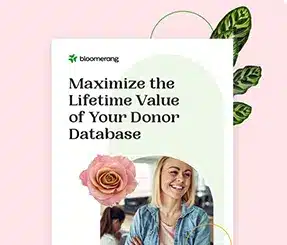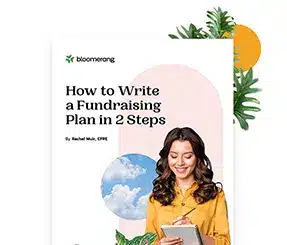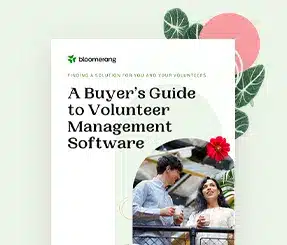Securing The First Donor Meeting


Full Platform Overview Chat With Us



Full Platform Overview Chat With Us




What is the most challenging element of the resource development continuum that starts with “nice to meet you” and concludes with “thank you for your gift?”
We were among the many that were surprised by the conclusion reached according to those surveyed in Langley Innovations’ and Donor Participation Project’s State of the Development Profession Survey. It is “getting the first donor meeting.” No other challenge comes close to it. This finding is all the more mysterious because the majority of those surveyed expressed confidence in their ability and overall level of training, felt as if their fundraising materials were effective, and thought their performance metrics were fair.
We were expecting to hear that it was asking for the gift, especially face to face.
But common sense reminds us that without the first donor meeting nothing else is possible in forging new friendships for nonprofits, sharing crucial data and stories on mission impact, and ultimately earning gifts of time, talent, and treasure.
So, let’s share experience, lessons learned, and personal insights on principles, strategies, and best practices for securing the all-important initial meetings with donor prospects. Our favorite format is “lists of 10,” so here are our 10 stratagems acquired over a long career in the advancement profession.
Consider the first meeting as the equivalent of a first date. You’re on your best behavior. You want a second, third, and successive dates that culminate in an authentic bond that grows closer and closer over time and a partnership that benefits everyone involved.


Comments
Kristen Hay
Sherry Shaffer